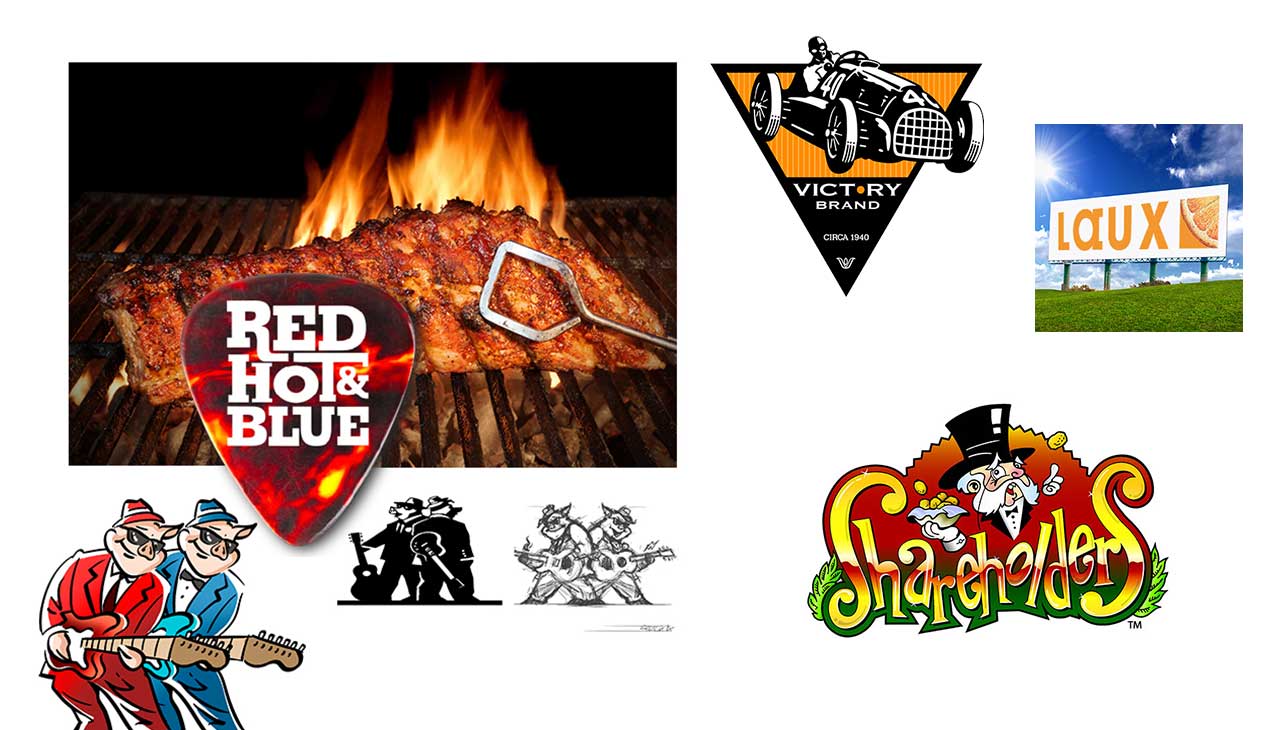
Logo Brand Development
A Complete Step-By-Step Guide on How to Write a Brand Story In 6 Steps
Every brand works in a different way. Whether your brand is a product, service, event, or experience, you’ll have to determine the voice and style that best represents what you’re offering. Once this is established, the brand story can evolve, grow and learn, but like a person, it cannot change abruptly. Here’s How to Write a Brand Story In 6 Steps!
Step 1: Determine Your Setting
The environment is an enormously useful element in brand-building. You should treat it as you would treat a character, allowing it to convey mood and letting it reveal more of itself over time. What you’re looking for is a setting that emulates the brand in the perfect consumer/brand moment.
- What human touch moment is your brand best experienced?
- What are the human emotions you’re looking for to best describe your connection?
- Does yourbrand center around a specific moment, or is it more generalized?
- What cultural details belong to your brand? Consider music, literature, entertainment, clothing styles, food trends, lifestyle trends, and big lifetime events that help shape consumer sentiments.
Step 2: Make Your Brand Memorable
Character and personality are inseparable, because a brand is defined by how a consumer relates to it. Your job as a brand owner, director or innovator is to express your brand’s character by helping determine how it interacts with the consumer world around it. Brands—a little like real people—have personalities that build relationships with the people they serve. It’s essential to your brand success that you understand these aspects of your brand’s character so that you are equipped to understand how consumers may react under various circumstances.
Step 3: Understand the 2 Types of Drama
Every brand is made up of both experiences and situations. A connection is made because an established pattern is interrupted. In order for the brand to connect with someone new, or even be remembered by a long-term buyer, something has to happen. The brand needs to be a part of the plot of the consumer’s life story.
There are two types of drama:
- Internal drama (an internal experience)
- External drama (an external experience)
Both types of drama create emotional connections with a brand and help move the relationship forward. Drama (in a positive sense) drives brand relationship development as well as interrupting normal purchase behavior. Drama also adds personal depth to your brand. It is a good idea to test out any type of dramatic storytelling before you settle on any one of them. This will help you make sure you will get the results you’re looking for.
No matter what combination of dramatic events you knit together to support your brand’s personality, each should be compelling and significant enough to pull your consumer into the story and make them imagine their own relationship with the brand.
Step 4: Give Your Brand Plot a Twist
Any good story will include a few plot twists and red herrings. Read on to find out more.
- Include at least two or three twists in your brand story every year. These help keep consumers engaged, especially in an off season where your brand might otherwise start to drag. Keeping your consumers and fans connected can be challenging, and there needs to be enough excitement to keep them interested enough to buy your products and services.
- Indulge your consumers by planting “funny false leads.” Also known as “red herrings,” these are details added to surprise consumers and get them to want to pay close attention. These plot twists will also help them tell other people about your business.
- A “cliffhanger” is a new idea, flavor, profile, service or event that will keep your fans wondering what’s next.
Step 5: Establish a Natural Dialogue
In real life, speech has lots of padding or “stuffing”: words like umms and yeahs. But brand dialogue must be both more incisive and selective. It is shorn down to reveal what people want from the brand, to reveal the brands ‘personality’, and dramatize an emotional connection with consumers.
- As you draft each post or ad, ask yourself what your consumers are trying to get from you. It’s never the product or service itself, but what the brand represents to them.
- There are often wide gaps between what consumers say and what they are thinking, between what one understands and what one refuses to hear. These gaps can collectively be referred to as subtext, and they are valuable territory for the brand to fill in with an offer. Stay alert to a consumer’s thoughts, and let them generate some of your content, even if it’s not what you had in mind.
- To get dialogue right, you must understand how your brand would speak if it were a person. Our recommendation is to use a movie or TV character as a role model for your brand, and imagine that person speaking for your brand.
- Make sure your brand dialog fits the consumer mindset.
Step 6: Articulate Brand-Voice Through a Specific Point of View
One way to determine your brand’s point of view strategy is to ask: whose voice is telling the story? To whom are they telling it to, and why? Common point of view strategies include:
- First person point of view. This is the “I.” “I wanna come home with you to help you…”
- Third person limited point of view. This is the “he” or “she.” “Hey, he took me home for her, and she loved him for it.”
- Third person omniscient point of view, in which a narrator who is not a character and who knows more than the characters relays the events to the reader. “Molly went out to dinner and got…”
- Second person point of view, which is structured around the “you” pronoun, and is common in brand work and can work well in many cases. “You’re going to love it, here’s why!”
My dear grandpappy always used to say: “Know what you’re good at, and what you’re bad at, and be smart enough to get help for what you’re bad at. There’s no shame in asking for help.”
The question for you: Are you smart enough to ask for help with your brand story? If yes, contact us here!



Recent Comments